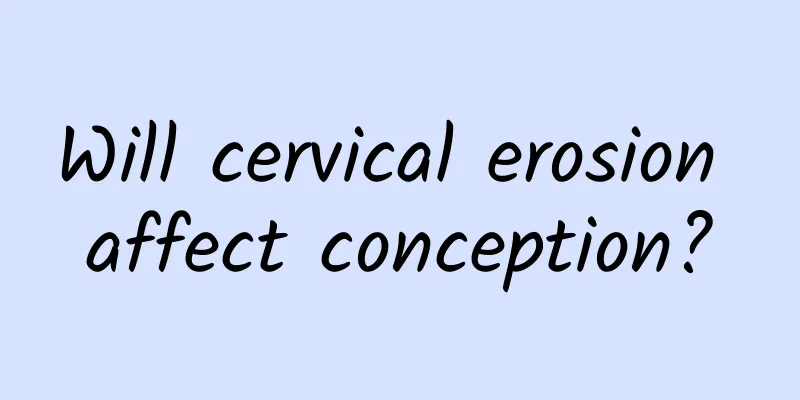Is there a high chance of miscarriage due to uterine malformation?

|
Uterine malformations may increase the chance of miscarriage, which is related to their impact on the environment in which the embryo grows. The causes of uterine malformations may be related to genetic, environmental and physiological factors. To deal with this problem, the key is to make a correct diagnosis and appropriate treatment. 1. Genetic factors: Uterine malformation may be related to genetic factors. People with a similar medical history in their family may have a higher risk of uterine malformation. Women in this situation need regular ultrasound examinations to detect potential problems as early as possible. 2. Environmental factors: Environmental factors such as toxin exposure and malnutrition may affect the development of uterine morphology. Try to avoid exposure to harmful chemicals in your life, maintain a balanced diet and good living habits to reduce the negative impact on the uterus. 3. Physiological factors: Abnormal development of the uterus may also lead to uterine malformation, such as abnormal problems during embryonic development. Early gynecological examinations can help to detect these abnormalities in time and treat them. 4. Diagnosis and treatment: Uterine malformations are usually diagnosed through ultrasound, MRI or hysteroscopy. Once diagnosed, treatment options may include: -Surgical correction: Surgery is a common treatment option for severe uterine malformations. - Using fertility assistance techniques such as in vitro fertilization (IVF) may increase the chances of a successful pregnancy. -Medical treatment: In some cases, hormone therapy can be used to improve the intrauterine environment, such as the use of progesterone. Ultimately, it is vital to receive professional medical diagnosis and treatment for the problem of uterine malformation increasing the chance of miscarriage. After confirming the specific cause, take proactive measures to reduce the adverse effects. For women who are planning to become pregnant, it is crucial to have regular female health checkups to detect and treat any uterine problems that may affect pregnancy early. |
<<: What are the causes of ovarian cysts in newborns?
>>: Does ovulation bleeding mean that ovulation has occurred?
Recommend
Teach you to understand the cause of cervicitis at the first time
What is the cause of cervicitis? Experts say that...
Disorders that cause secondary dysmenorrhea
Dysmenorrhea is something that every woman will e...
What women need to know about menopause
Menopause is a rather complex physiological proce...
Briefly introduce some preventive measures for pelvic inflammatory disease
You should know that pelvic inflammatory disease ...
Is it serious if menstruation is stimulated?
Is it serious if menstruation is stimulated? Stim...
What is the menopause test method?
I believe that more and more people understand th...
168 How to implement intermittent fasting? Who is not suitable? 6 tips to maintain intermittent fasting, side effects revealed
168 intermittent fasting is a very popular way to...
How much is the total cost of hyperprolactinemia surgery?
How much is the total cost of hyperprolactinemia ...
How much does it cost to abort a cornual pregnancy?
How much does it cost to have an abortion for cor...
What are the dietary treatments for uterine effusion?
The occurrence of uterine effusion brings great i...
Can ovarian cysts be treated with puncture?
Can ovarian cysts be treated with biopsy? Ovarian...
What are some ways to prevent women from suffering from dysmenorrhea forever?
During those days of each month, most girls will ...
What are the symptoms of Trichomonas vaginitis
What are the symptoms of Trichomonas vaginitis? I...
Say goodbye to stiffness and clicking! 5 stretching exercises to relax
[Key Points]: Regular stretching exercises can he...
What are the dangers of multiple uterine fibroids? How to treat multiple uterine fibroids
Uterine fibroids increase the area of the endom...









